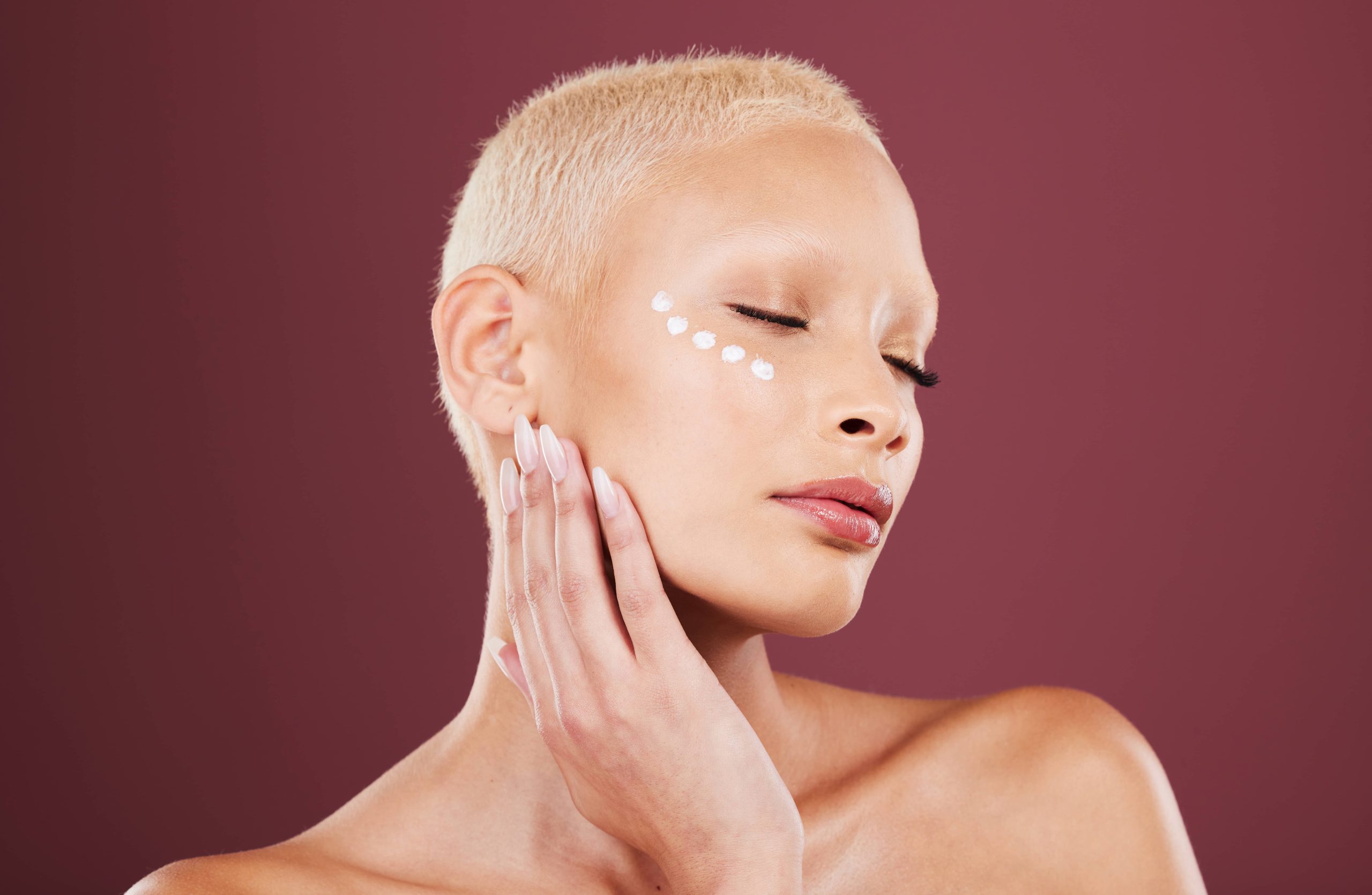
Microneedling has become a popular skincare treatment, celebrated for its ability to rejuvenate the skin, reduce the appearance of scars, and improve overall skin texture. However, like any cosmetic procedure, it comes with its own set of potential side effects. Understanding these side effects and knowing how to manage them is crucial for anyone considering microneedling as part of their skincare routine.
What is Microneedling?
Microneedling, also known as collagen induction therapy, involves the use of fine needles to create hundreds of tiny, invisible puncture wounds in the top layer of the skin. While this might sound intimidating, these micro-injuries stimulate the body’s natural wound healing processes, resulting in increased collagen and elastin production. This process can lead to smoother, firmer, and more youthful-looking skin.
Common Side Effects of Microneedling
1. Redness and Swelling: One of the most common side effects of microneedling is redness and swelling, similar to a mild sunburn. This is a normal response as the skin begins its healing process. The redness typically subsides within a few hours to a couple of days, depending on the intensity of the treatment.
2. Dryness and Flaking: As the skin heals, it may become dry and start to flake. This is due to the increased cell turnover and is a sign that the treatment is working. Keeping the skin moisturized can help manage this side effect.
3. Bruising: Some individuals may experience minor bruising, especially if they have sensitive skin or if the treatment was more aggressive. This bruising is usually temporary and should fade within a few days.
4. Infection: Although rare, there is a risk of infection if the procedure is not performed in a sterile environment or if post-treatment care instructions are not followed. It’s essential to ensure that the tools used are properly sanitized and that the skin is kept clean after the procedure.
5. Hyperpigmentation: In some cases, microneedling can cause hyperpigmentation, particularly in individuals with darker skin tones. This is often temporary and can be managed with proper skincare and sun protection.
6. Allergic Reactions: Some people may experience allergic reactions to the serums or topical products applied during or after the procedure. It’s important to discuss any known allergies with your skincare professional before undergoing treatment.
How to Manage Microneedling Side Effects
1. Follow Post-Treatment Instructions: Your skincare professional will provide specific aftercare instructions. Following these guidelines is crucial to minimize side effects and promote healing. This may include avoiding sun exposure, refraining from using certain skincare products, and keeping the skin clean and moisturized.
2. Use Gentle Skincare Products: After microneedling, the skin is more sensitive. It’s important to use gentle, hydrating products that do not contain harsh chemicals or fragrances. Look for products with soothing ingredients like aloe vera, hyaluronic acid, and chamomile.
3. Stay Hydrated: Drinking plenty of water helps to keep the skin hydrated from the inside out, which can aid in the healing process and reduce dryness and flaking.
4. Avoid Sun Exposure: The skin is more susceptible to sun damage after microneedling. It’s essential to avoid direct sun exposure and to use a broad-spectrum sunscreen with an SPF of at least 30 when going outside.
5. Do Not Pick or Scratch the Skin: As tempting as it may be, avoid picking or scratching the skin as it heals. This can lead to scarring and increase the risk of infection.
6. Consult a Professional: If you experience severe side effects or if common side effects persist beyond a few days, consult with your skincare professional or dermatologist. They can provide guidance and, if necessary, recommend treatments to address any complications.
Conclusion
Microneedling can be an effective way to improve skin texture and appearance, but it’s important to be aware of the potential side effects and how to manage them. By following proper aftercare instructions and taking steps to protect and nourish the skin, you can minimize these side effects and enjoy the benefits of this popular skincare treatment. Always consult with a qualified skincare professional to ensure that microneedling is appropriate for your skin type and concerns.
